A ventricular septal defect, or VSD, is a condition where there is a hole in the wall between the two lower chambers of the heart, present from birth. It's the most common congenital heart defect and can occur alongside other heart issues. A small hole usually causes minor or no symptoms, but a larger one may require repair to prevent lasting damage and complications.
Ventricular septal defects (VSD) occur in around one-third of 1% of newborns, but it's less likely for adults to be diagnosed since the defect often closes naturally during childhood in 90% of cases. VSDs linked to heart attacks are exceptionally rare nowadays, with less than 1% of all heart attacks being associated with them, thanks to modern treatment methods.
The exact cause of ventricular septal defects (VSD) at birth remains unknown. However, it can be associated with other heart defects, heart conditions, or genetic disorders. The use of specific anti-seizure medications (sodium valproate and phenytoin) or alcohol consumption during pregnancy may potentially elevate the risk of a child developing VSD, although further research is needed to establish these as definite causes.
A rare known cause of VSD is its occurrence as a side effect of a heart attack.
In babies, a moderate to large ventricular septal defect (VSD) can show symptoms resembling heart failure, such as:
Diagnosing a ventricular septal defect (VSD), especially when it's moderate or large, involves a physician considering symptoms, conducting a physical exam, and using imaging tests. Small VSDs may go unnoticed due to their minimal impact on health.
A common method for detecting VSD is a physical exam, as a significant VSD creates a heart murmur that a doctor can hear through a stethoscope. The size of the defect can even be estimated based on the sound of the murmur. Imaging tests play a crucial role in diagnosis, including:
Most ventricular septal defects (VSDs) are too small to pose significant issues, often closing on their own by age 6. In such cases, healthcare providers typically recommend monitoring for symptoms rather than immediate surgery. For moderate to larger-sized VSDs, repair is usually advised. The two primary methods are:
In both cases, the heart tissue eventually grows around the patch or occluder, incorporating it into the heart wall between the ventricles.
The recovery period after repairing a ventricular septal defect (VSD) varies depending on the chosen method. Transcatheter procedures generally result in shorter recovery times, measured in days or weeks. In contrast, surgical interventions require longer recovery periods, measured in weeks or months. Following either procedure, symptoms of a VSD typically decrease or vanish, contributing to improved post-treatment well-being.
Antibiotics will be administered to prevent infections like endocarditis. Regular checkups will follow for a while to ensure that the hole gets closed properly. To prevent blood clots the patient may be given aspirin. Apart from all these, for the first few months, activities will be kept limited till he or she is fit enough to exert more with physical activities.
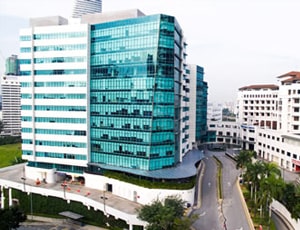
Kuala Lumpur, Malaysia
History Parkway Pantai Hospital in Kuala Lumpur, Malaysia is operating under the Parkway Pantai gro...more
![]() Airport Transfer
Airport Transfer
![]() Choice of Meals
Choice of Meals
![]() Interpreter
Interpreter
![]() SIM
SIM
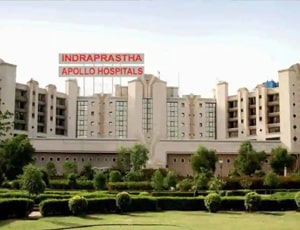
Delhi, India
Equipped with more than 50 specialty institutes, Indraprastha Apollo was started with the vision of ...more
![]() Private Driver / Limousine Services
Private Driver / Limousine Services
![]() International Cuisine
International Cuisine
![]() Phone in Room
Phone in Room
![]() Online Doctor Consultation
Online Doctor Consultation
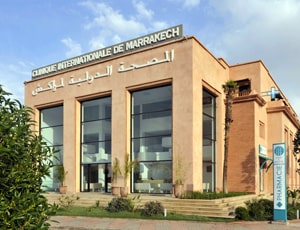
Marrakesh, Morocco
History Clinique Internationale Marrakech is opened to provide world-class medical services to the ...more
![]() Airport Transfer
Airport Transfer
![]() Choice of Meals
Choice of Meals
![]() SIM
SIM
![]() TV inside room
TV inside room
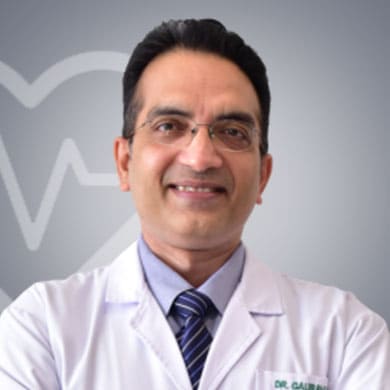
Cardiac Surgeon
Delhi, India
23 Years of experience
USD 32 for video consultation
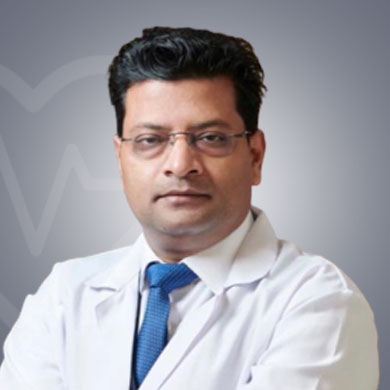
Cardiothoracic and Vascular Surgeon
Faridabad, India
18 of experience
USD 48 for video consultation
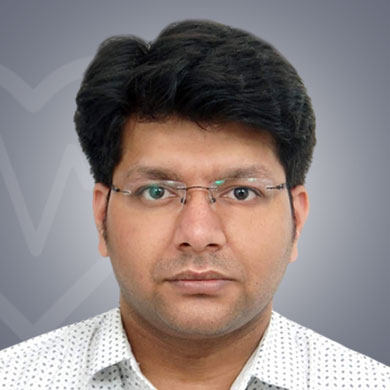
Cardiac Surgeon
Kolkata, India
5 of experience
USD 36 for video consultation
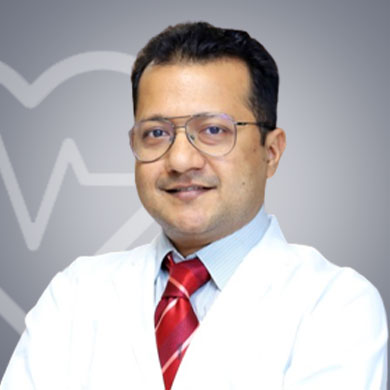
Cardiac Surgeon
Delhi, India
10 Years of experience
USD 32 for video consultation